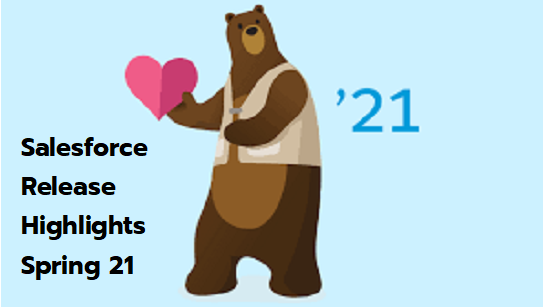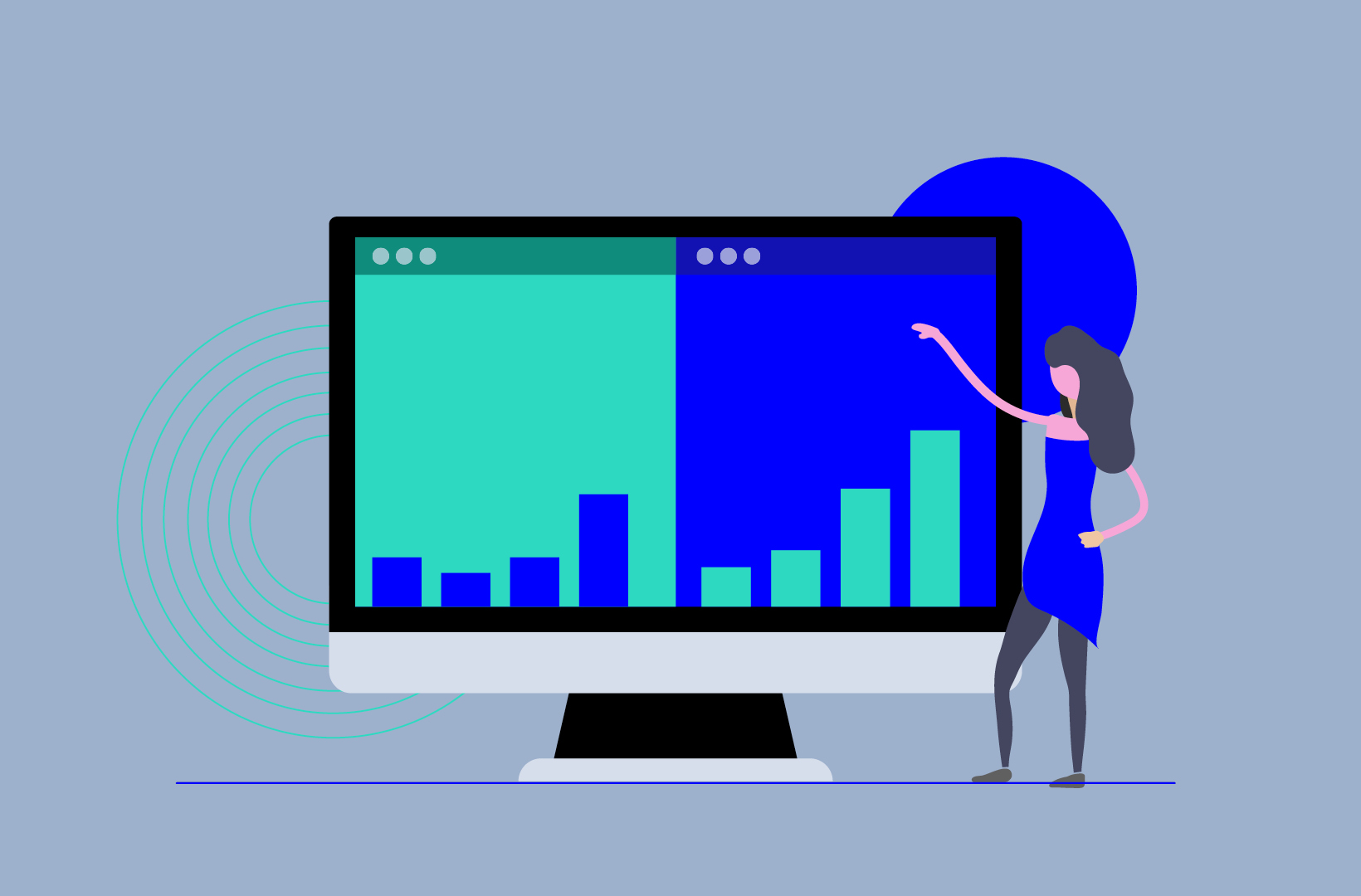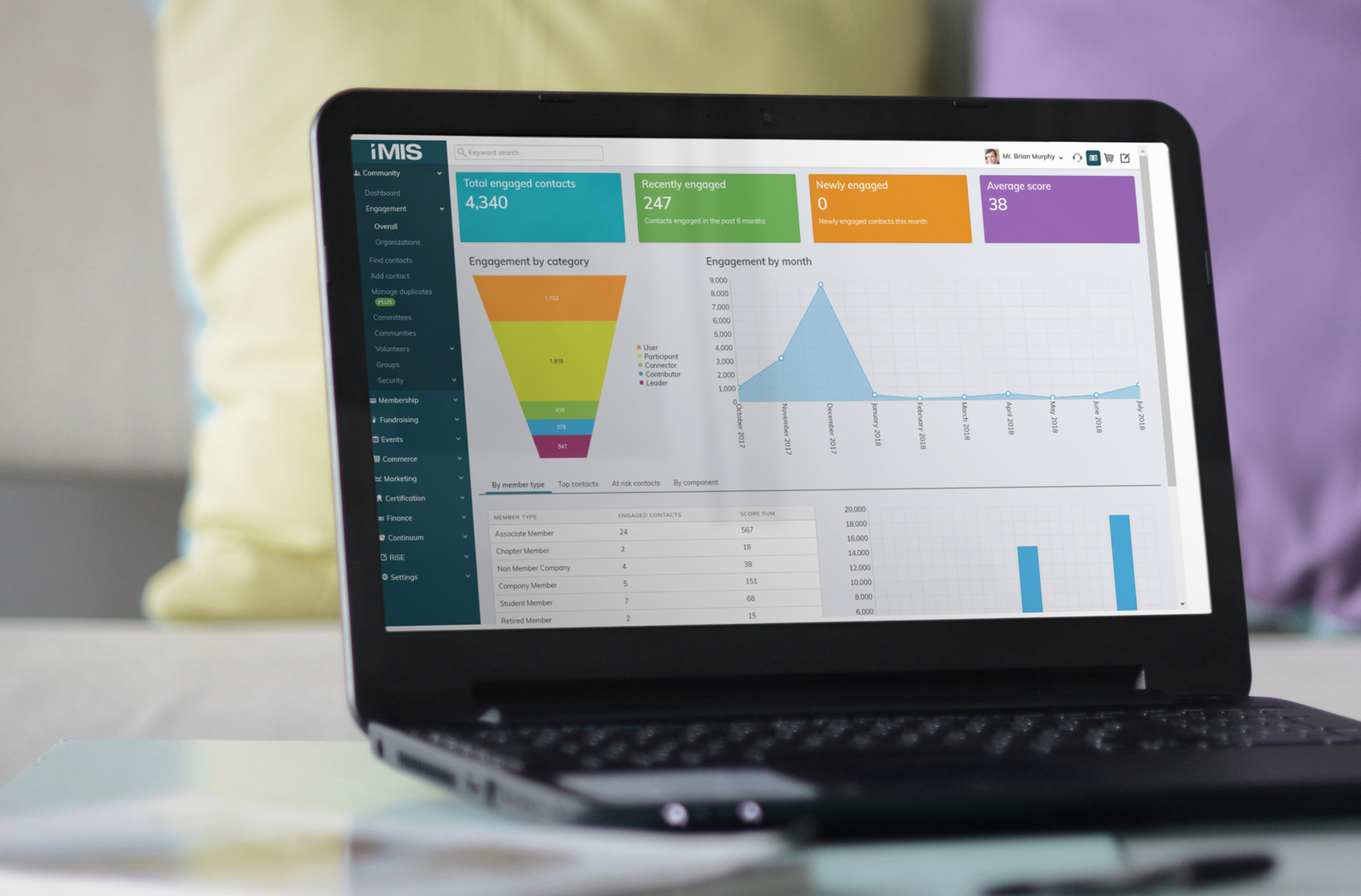
Selecting the right software and systems for your organisation can be a daunting task. You have to learn a whole new interface and a new way of doing things, plus there’s the sense of dread that can accompany doing something new – fine, you can learn the basics of the way the system works from the help documentation, but until you’ve seen it working and nobody has complained about being emailed ten times in one day, you might not feel 100% confident in knowing that you are on the right track.
Free CRM for non-profits
We are Donorfy Partners here at Mast, but even without that fact, I am a firm advocate of this small-but-mighty customer relationship management system (CRM), although, unfortunately, I don’t get paid extra for my personal enthusiasm. One of the best things about it is that it comes with a free option. Not just a free trial, but a free version of the system, albeit with slightly limited functionality and capacity (a couple of modules aren’t included and you can only have up to 500 constituent records). Despite these limits, it is the perfect way to get to know this award-winning software at your own pace, with a much lower risk.
How do I use Donorfy?
As an example, I used Donorfy Essentials (the free version of the product) to manage my wedding preparation a couple of years ago. It was perfect for what I needed; I could record all my invitees (there were definitely fewer than 500) with their contact details, their dietary requirements and their RSVP responses. I was able to play around with my configuration – for dietary requirements, did I want a free text field in a tag, did I want a single tag with extra fields (such as tick boxes for named allergens), or did I want one tag for each potential dietary restriction?
I played around with versions of each of these options until I was happy with the results. It was easy to load the data – the original constituent data was from my email contacts list, exported to csv and then gently manipulated in Excel to match the Donorfy import format for the File Upload function. I gave each of them an external key constructed from shortened versions of their names, so that I could easily import peripheral data for them, such as dietary requirements tags or RSVP activities.
I was able to easily use the in-built list functionality to view people with various combinations of attributes – anyone with dietary requirements, day guests, evening guests, people who hadn’t yet responded – and export them to csv if I needed to, for the caterers, as an example. I created a new constituent type called “Table Plan”, created my named tables and then used connections to link them up to my day guests – voilà, I had a seating plan! The wedding all went very smoothly, and my confidence in using Donorfy had grown.
Donorfy in the community
Wedded bliss is all very well, but I no longer had anything to use Donorfy for in my personal life! This didn’t last long, however, as the morris dancing side I am part of made the big move of becoming a democracy (having previously been a benevolent dictatorship). We needed a constitution, privacy policy, committee and all the other things that come with being a community organisation. We needed a way to store members’ contact details securely and to contact them with regular updates on practices and events. This had never been a problem up until now, as we all know each other and most people had exchanged contact details amongst themselves anyway, but as we were expanding to take on new members, the extra privacy became a more important factor.
Free email integration with Donorfy
Thus, my morris dancing side became the perfect excuse to get set up again on Donorfy Essentials. This time, we incorporated the MailChimp integration (also free to sign up and integrate) by following the Donorfy knowledge base articles. Now we can communicate separately with our dancers, our musicians and we can also email all our members. I have a small set of people to work with, and I know them personally, so I can tell at a glance that my segmented emails have gone to the correct people.

At the moment, we only communicate internally with people in the morris side itself, but having an “Internal” group in MailChimp gives us the option to create a newsletter if we ever become world-famous, at which point we would create another group that the public can select themselves into. Any of the “Hemlock Role” tags shown in the image above would denote a person as being part of the side, therefore all of them will map to the “Internal” group. Each tag represent roles within the side, and will help us to segment our mailings from MailChimp. The “Bag Emails” purpose in Donorfy is always assessed within the list criteria to determine whether we have permission to email people. In practice, everybody has opted in, but this gives people the choice to opt out if they choose to.

Is Donorfy easy to use?
Yes it is. I am, of course, already familiar with Donorfy, but the rest of the committee weren’t, and they have found it very intuitive to use once given a basic orientation lesson. Morris dancers are generally a forgiving bunch, and they are far less likely to complain to the Information Commissioner’s Office if you accidentally send them a test email.
Now we can all see who actually checks their emails just by looking in Donorfy…

…and I can see that this matches with what is reported in MailChimp. Here, we can see that one of our musicians has ignored the email I sent them with some exciting and useful information about the tune for a new dance I wanted to teach at practice sessions.


If you wanted to be even more careful and avoid emailing real people altogether, a single Gmail address can be adapted in many ways so that it can appear as multiple distinct strings of characters. For example, the following options are all structurally different, but would all be sent to the same inbox:
- forexample@gmail.com
- forexample@googlemail.com
- for.example@gmail.com
- for.exa.mple@googlemail.com
- forexample+test@gmail.com
- forexample+donor@gmail.com
- for.example+trustee@gmail.com
You can adapt your own Gmail address in similar ways, and you will be able to see which address was emailed by checking the “To:” in the email header. This will allow you to test the “Send To Donorfy” feature much more thoroughly by having multiple constituents with visibly different email addresses.
Try Donory free
So, in summary, if you are considering changing your CRM and Donorfy is a potential contender, there are plenty of ways to use Donorfy Essentials to get a really good feel for the system before you take the leap and go for the paid Donorfy Professional system. The File Upload function is very useful, but it takes a little experience to really get comfortable using it – thankfully, there is an Undo button. Once you’ve imported all your chosen characters – morris dancers, characters from your favourite video games and books, whatever you choose – into the test system and you’re happy with how they look, you’ll be much more confident about extracting details from your previous system and importing them to a live Donorfy Professional system.
Whatever system you are testing, a single Gmail address can be utilised to represent multiple different people in your test system, allowing you to check one inbox for all your test mailings. Testing shouldn’t have to be painful, expensive or scary. You might even find that your newfound technology skills can pay off in your life outside of work!
Find out more about Donorfy.









